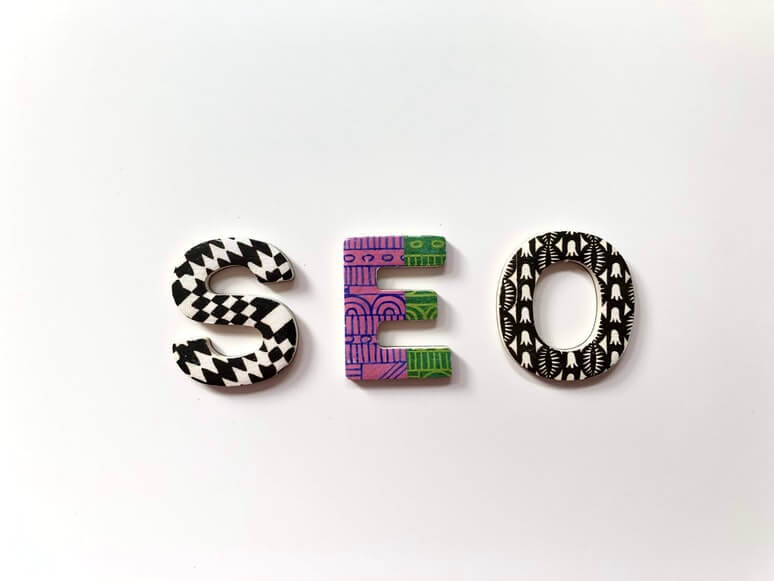Even when you are studying marketing for four years, sometimes, it’s easy to forget some of the basics. You are constantly receiving new information that can just short-circuit your brain! Or maybe you are self-taught and advertising is simply your passion or a career option. In any case, a short glossary of the most fundamental terms will definitely come in handy!
Sometimes, students feel like they are overwhelmed with the amount of information that they receive on a daily basis. In these cases, this list of the most used marketing definitions should always be on your desk. Or just pay online essay writing service and top experts will complete your assignment in no time. So, are you ready to learn something new or refresh your memory a little bit? Here are 22 terms every marketing student should know!
Brand Awareness
In short, this is the level of your brand recognition. There are two main aspects of this metric:
- Brand recall where clients can hear the name of your company and immediately know what product or services it offers.
- Brand recognition where clients see your logo or signature colour and recognize your company.
Content Management System
As a marketer, you should know that CMS is a platform that is used for managing all your digital content. With the help of CMS, you can publish, edit, or plan everything that you put on the web. The digital experience of both customers and business owners improves dramatically with CMS.
Content Optimization System
This software is very similar to Customer Relationship Management. The only difference is that it is specifically adjusted to the web preferences of the customers. In other words, the system delivers the preferred content based on the gathered info.
Conversion Rate
Basically, this is a number of unique users who used something on the website. For example, if you put a form on a page and a lot of clients fill it out, then your conversion rate is high. This tool is directly connected to customer engagement, online presence, and the generation of revenue.
CRM
Customer Relationship Management, or CRM, is a very important tool in the arsenal of any marketing specialist. These systems can gather, store, and update all information from current and potential clients. You can also track the purchase histories, marketing preferences, level of customer services, and many other things, thus improving your service even more.
Crowdsourced Content
Basically, this is a type of remote employment. Sometimes, the workload can be too much. In this case, business owners can ask for help from outside parties who want to create content for them. This way, you get a fresh perspective of your company, and people can let their creativity out and earn some money at the same time!
Customer Acquisition Cost
In marketing, this is the price that business owners pay to attract clients. In short, you have the basic formula:
- Take the amount of money that you spend on advertising and the sales department. This includes the monthly ad budget, employee salaries, bonuses, and so on.
- Divide this number by the number of new clients that you attracted for this given period of time.
Engagement Rate
Similar to conversion rate, this is a tool that is used in social media marketing. It shows how much interaction a piece of content gets. For instance, if you check how many people interacted with a WritePaper review and checked it thoroughly, you may know how valuable it is to the users. In other words, if you post something on Instagram, your engagement rate will show likes, comments, and other user actions. This way, business owners can track the preferences of their followers.
Funnel
This is a very broad term that shows the path of turning some leads into real paying clients. There are three parts to this process:
- Top of the funnel. Here, potential buyers show interest in the product, like watching an ad and checking out the website.
- Middle of the funnel. This is the stage where you want to lure the clients with some solutions or unique products. Present them with a successful case of your services!
- Bottom of the funnel. The final stage means that the clients know what they want, why they want it, and buy it.
Go-to-Market Strategy
This term means that there should be a plan to introduce your goods and services to the general market and make some profit. With an effective GTM strategy, you can see the roadmap to success! Business owners also understand what areas can be improved and what specialists can be hired in the nearest future. A good GTM plan will give you a competitive advantage.
Key Performance Indicator
KPI is an instrument of tracking the progress towards achieving some short-term and long-term marketing goals. With the help of KPIs, employers can understand what can be improved or how much effort workers put into the projects.
Landing Page
This is usually a single-page website that turns a person into your customer. Before visiting a landing page, clients have to spend some time on your website, learn about your services, and see the benefits. A marketing specialist can create several landing pages that will accompany a potential buyer at different stages of the buying process.
Mobile Optimization
In 2022, this is a must for every company. Mobile optimization means that a website can be easily read and navigated from any phone. If your client base is a younger generation, they definitely will check out your business from their mobile device. When the website looks bad on the small screen, it drives the sales down.
Net Promoter Score
With this metric tool, marketers have an opportunity to understand the level of customer satisfaction. To be more precise, they can measure how much clients would recommend the products or services to other people. When business owners follow this statistic on a regular basis, they have a better understanding of their customer satisfaction levels.
Off-Page Optimization
Of course, you would want to promote your services by any means possible. With off-page optimization, marketers put links to their products on other platforms. For example, paid posts on social media are an excellent example of this strategy. While this tool can be effective, it lacks control over what is happening on other platforms.
On-Page Optimization
This is the strategy that you use only on your website. Ad experts use some hashtags, titles, specific types of content, and other instruments to promote their products. All on-page optimization is done with the help of HyperText Markup Language.
Product Matrix
Basically, this is a chart of all products and services that are available to the client. The matrix is not usually demonstrated to the customer. For example, you have two versions with 5 different features that they all share together. In this case, the matrix will have two columns and 5 rows. Usually, a checkmark here shows what features are available for this version.
Return on Investment
Another statistics instrument such as ROI will show the executives which investments work and which don’t. The formula here is simple: (Gain from Initiative minus Cost of Initiative) divided by (Cost of Initiative). When the number that you get is negative, it means that something is not working effectively in this strategy.
Search Engine Optimization

If you don’t know what SEO is, you might want to rethink your career in advertising! This is one of the oldest and most effective practices of placing your website on the first pages of any relevant Google search. Experts use many instruments in achieving this goal, like tags, keywords, images, internal links, and the behavior of the users.
Social Proof
This is a very interesting idea that was taken from human psychology. Usually, people like to listen to recommendations from their friends or colleagues. This is also an effect when you see the hype around a certain product and you immediately need to buy it. It’s like a long line at a club, you always assume that the party inside is very good. Same here with marketing!
Unique Visitor
This is the last but not the least term that is worth remembering. A unique visitor is one person who spends some time on the website. Compared to the overall traffic score, this number is significantly lower. You can visit the webpage 20 times, but you are still counted as only one unique visitor.
Viral Content
This is a term that is used when something goes ‘viral’ on the Internet. In other words, your post becomes so popular that thousands of people on all social media platforms can see it. This is an excellent tool for raising awareness for your business! For this reason, marketing specialists often use some trends on Instagram and TikTok so that more people can see the product.
Takeaway
So, there you have it, a short glossary of 22 terms every marketing student should know! Of course, the profession of a marketer has a lot more to offer. But with this fundamental knowledge, you certainly won’t lose the track of thought in class!



